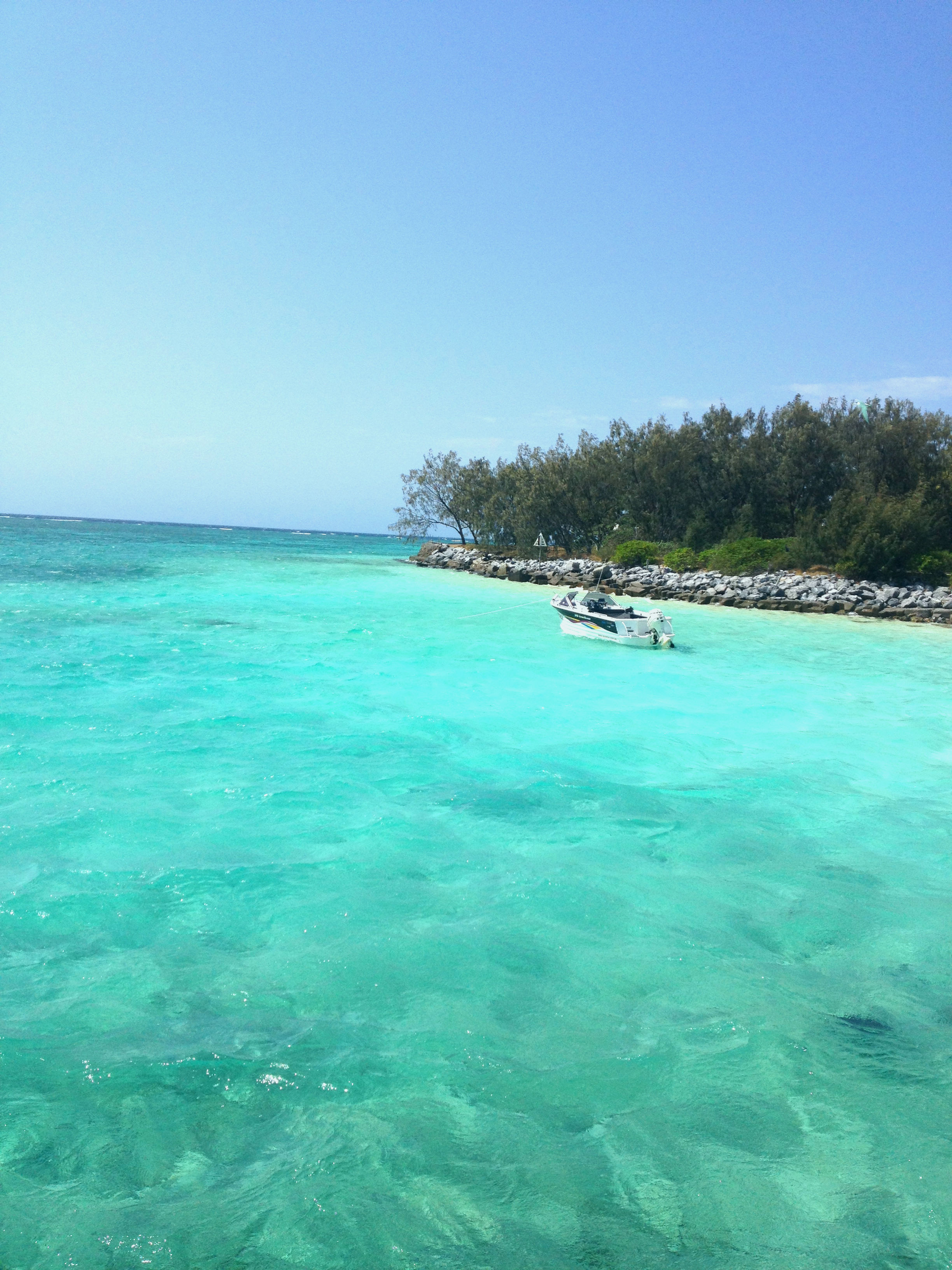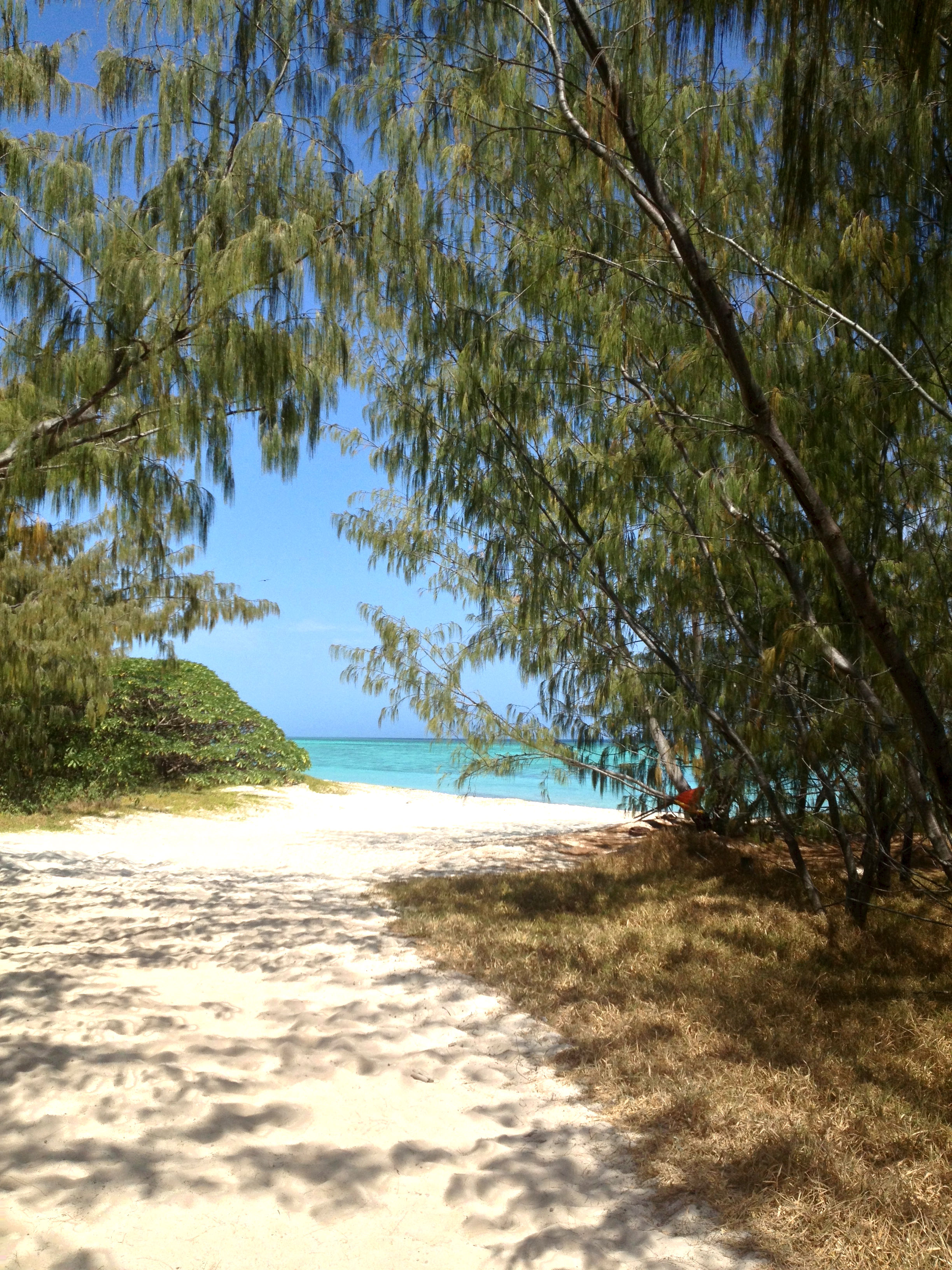
Brief Summary
Turbo undulatus resides on the reef crest of Heron island. Their cryptic nature is observed in their choice of habitat where the snails hide in holes and cervices amongst rocky coral boulders. The rocky habitat may be preferentially selected to best suit their body plan and function allowing enhanced maneuverability and grip. Their food source, algae (Steinberg,1992) is commonly found growing on these coral boulders as well.
To study habitat selection, a small scale experiment was conducted overnight on heron island under "local distribution and habitat" tab. To test if rocky substrates is better suited to its functional biology, a righting experiment was also carried out where the snails were forced to right using various substrate textures. This can be found in the "interaction" tab.
On the reef crest, there are many other species that live in sympatric with Turbo undulates. Their interaction and ecology was tested. I also tested if they used chemoreception, mechonoreception or photoreception to sense their environment (seen under "movement" tab).
  
Brief anatomy overview
Turbo undulatus are secondarily asymmetrical with a single spirally coiled shell into which the body can be withdrawn (Brusca and Brusca, 2003). They undergo torsion, a developmental process in which the visceral mass and mantle rotates 90-180 degrees on foot, such that the mantle cavity lies anterior or on the right side, and gut and nervous system are twisted (Brusca and Brusca, 2003). They have a muscular creeping foot, head with statocyst and eye, one pair of tentacles, a complex radula, 1-2 nephridia and a mantle which houses ctenidia, osphradia and hypobranchial glands (produces mucus and biologically active compounds; Brusca and Brusca, 2003). Having a reduced coelom, their principal body cavity is a hemocoel (Brusca and Brusca, 2003). Their embroygeney is protostomous and they are indirect developers with a trochophore and veliger larva (Brusca and Brusca, 2003).
|